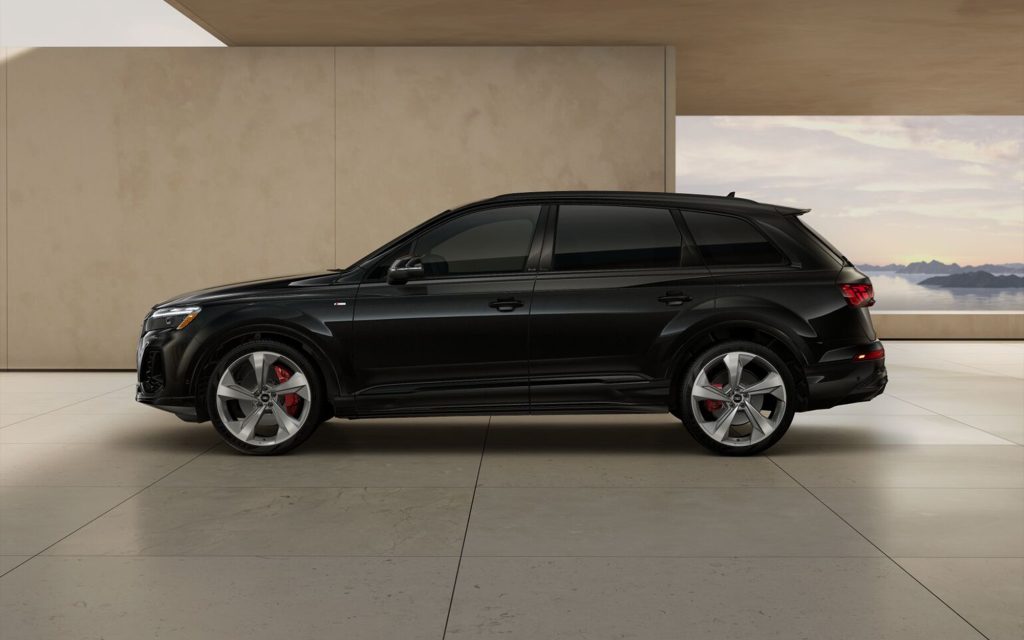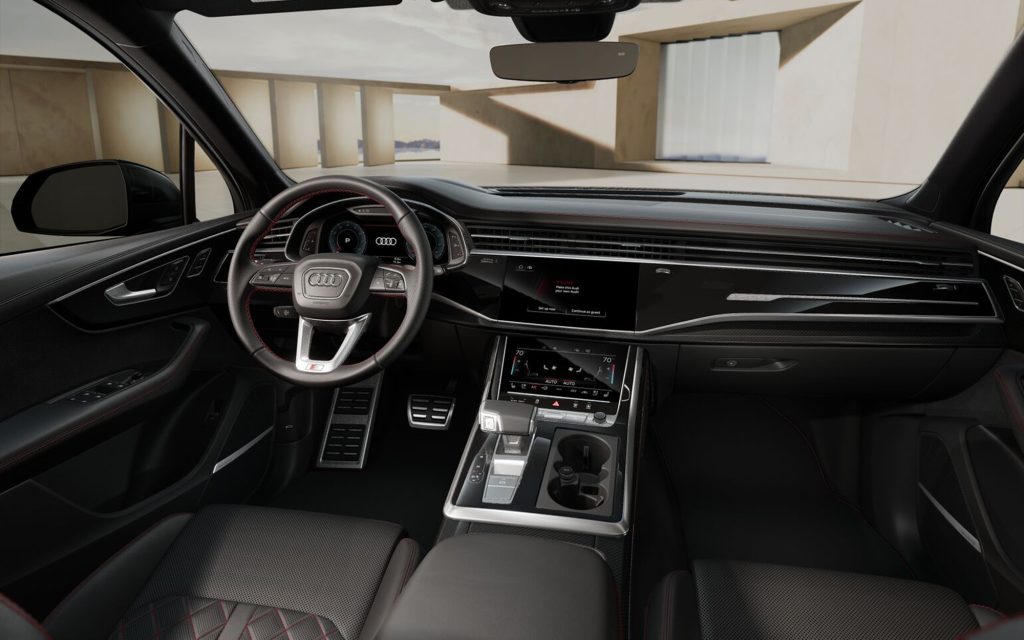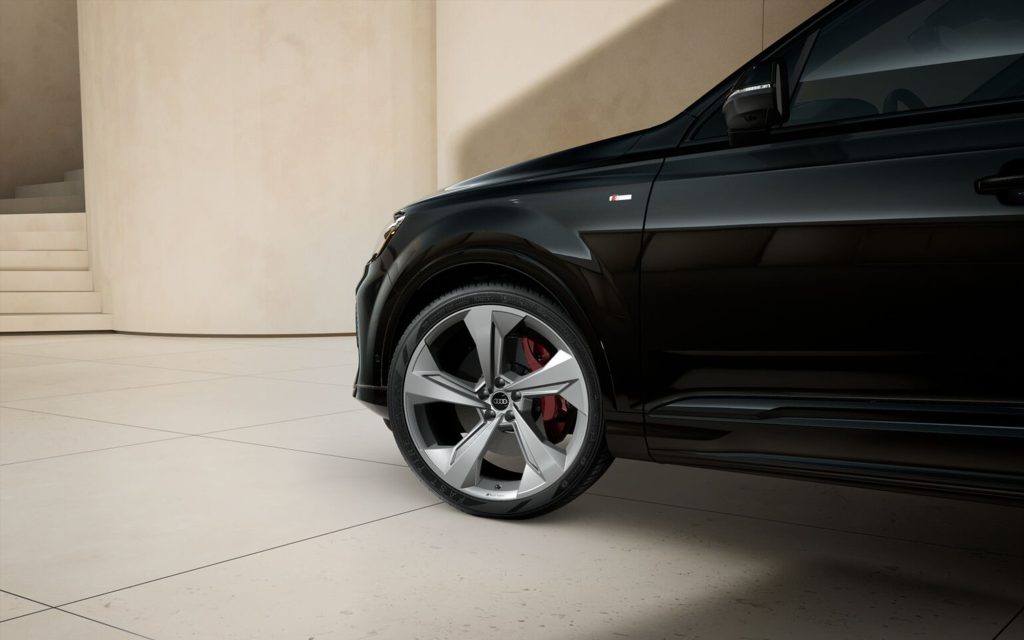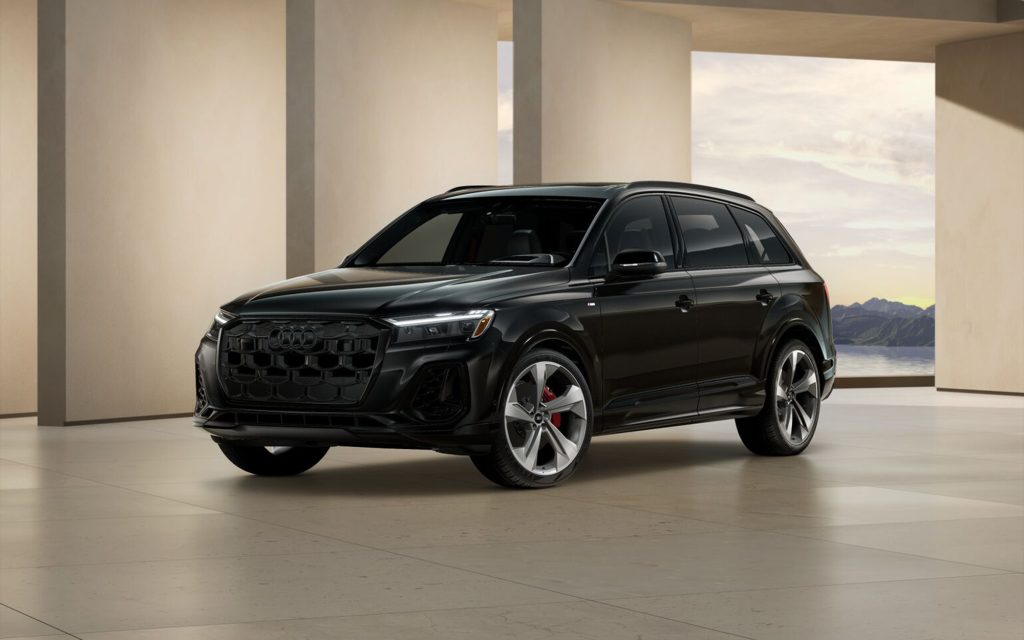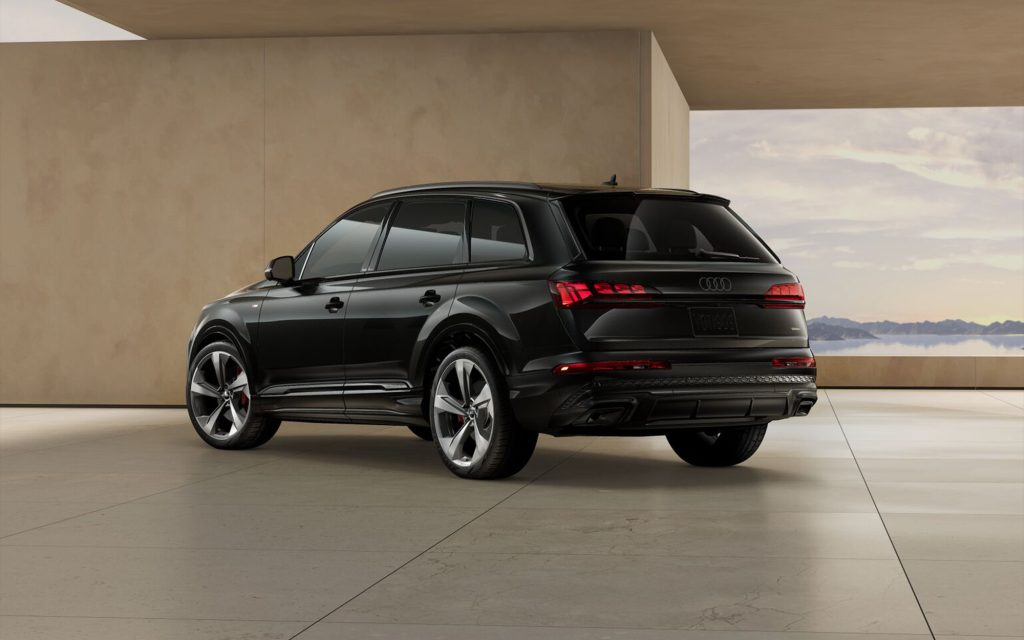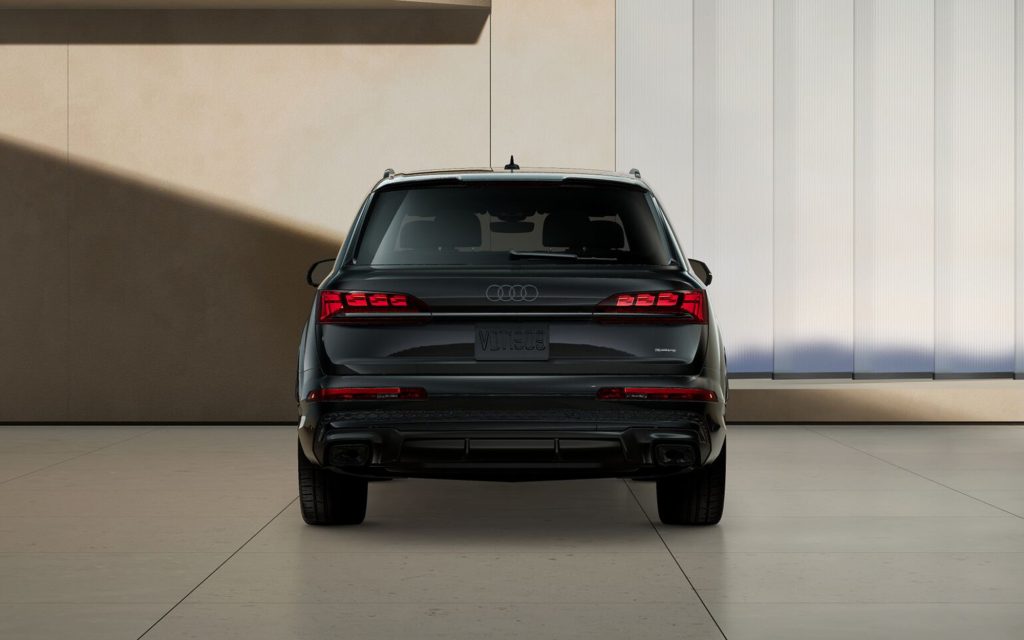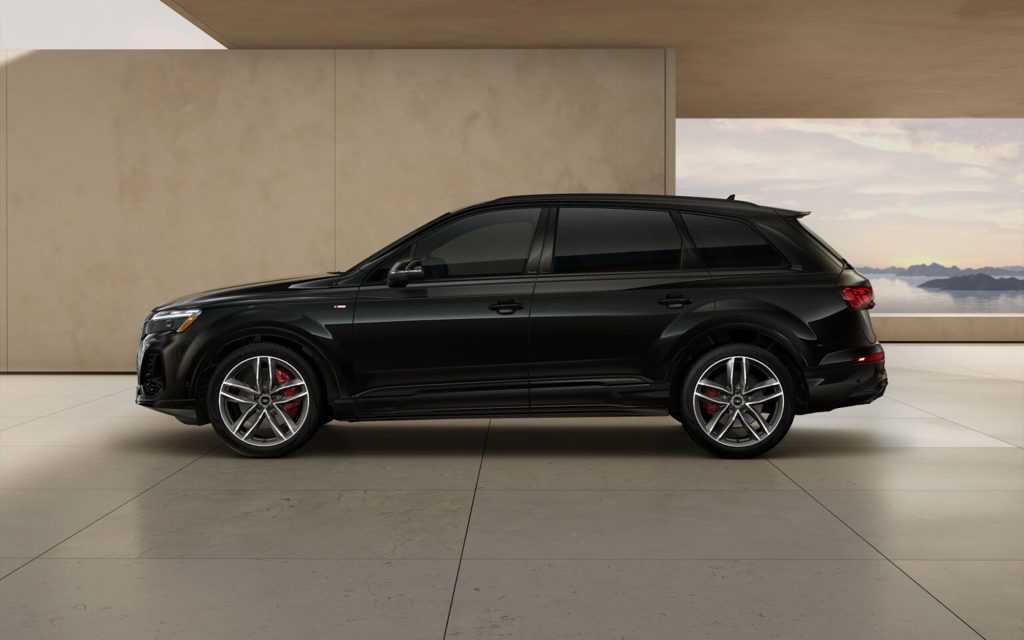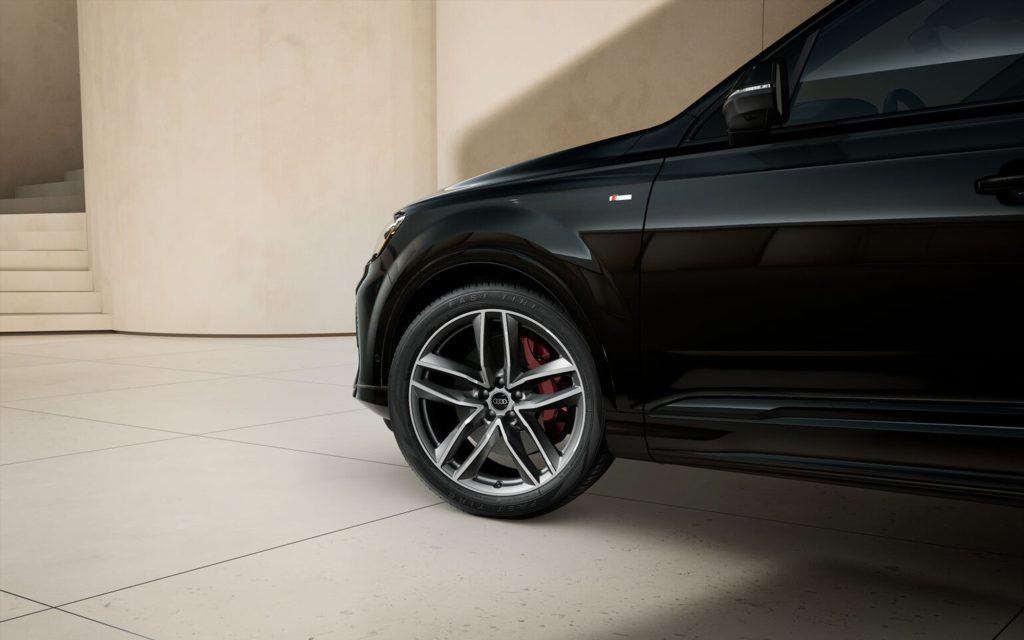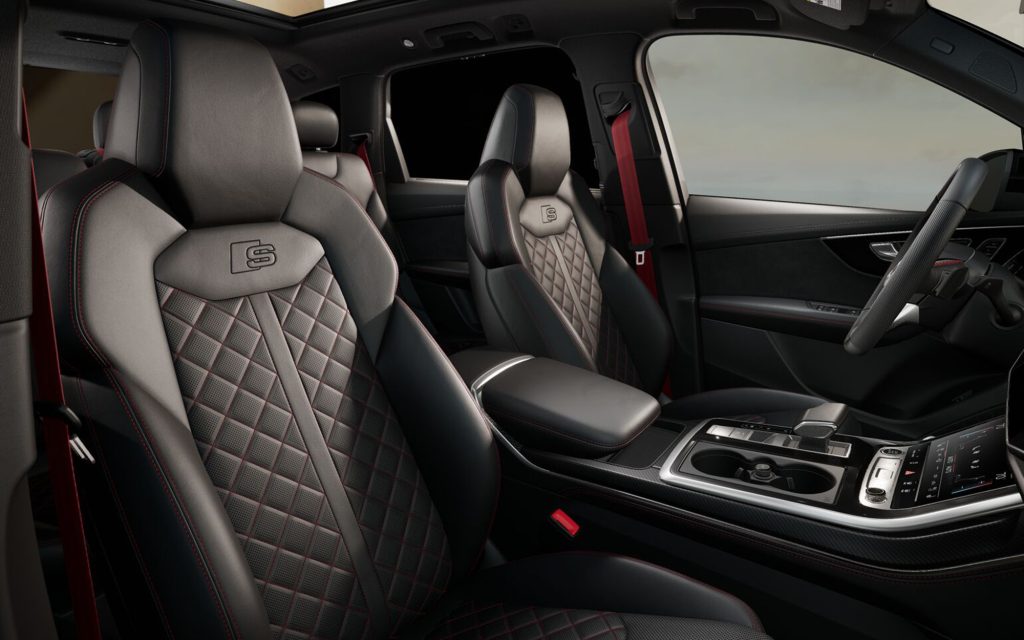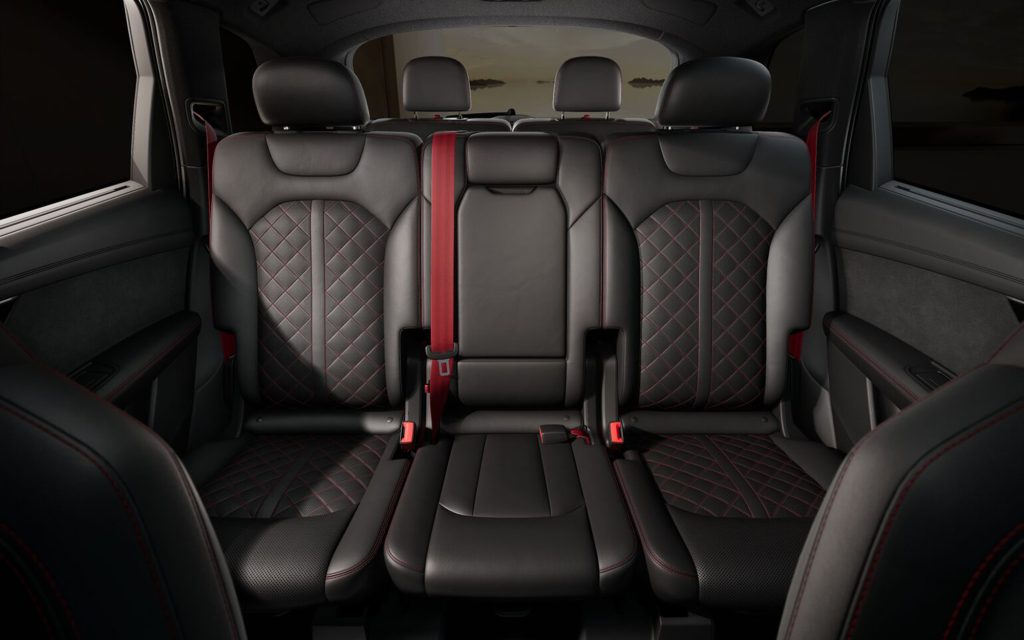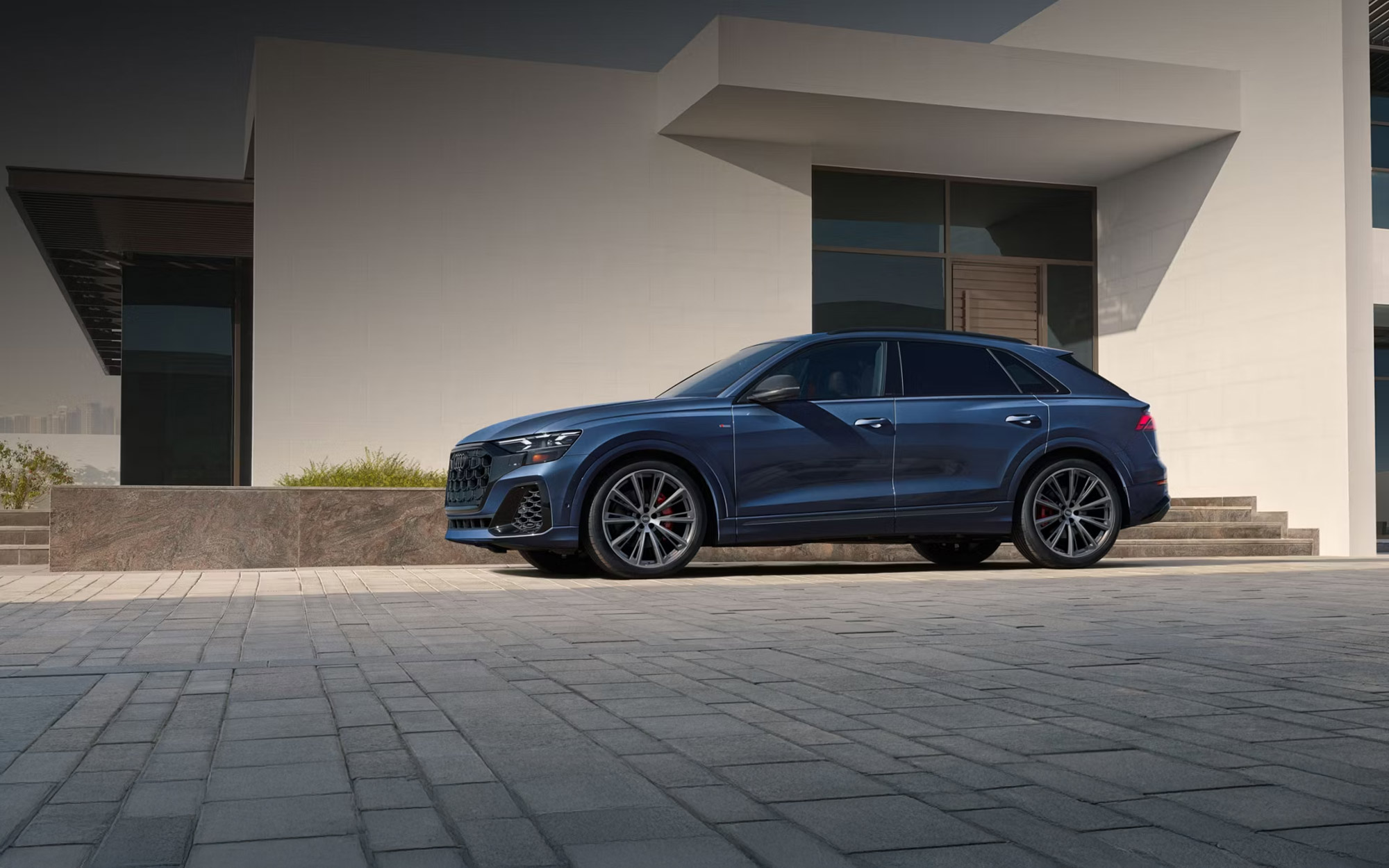Audi is bringing more of its S-model DNA into the mainstream S line range with new Sport plus option packages for the Q7 and Q8. The initiative borrows heavily from the SQ7 and SQ8, incorporating their signature performance hardware and design cues while pairing them with Audi’s efficient and tunable 3.0-liter single-turbo V6. The result is a more accessible entry point for enthusiasts seeking sharper dynamics without the expense or fuel demand of the V8-powered SQ8 and SQ7.
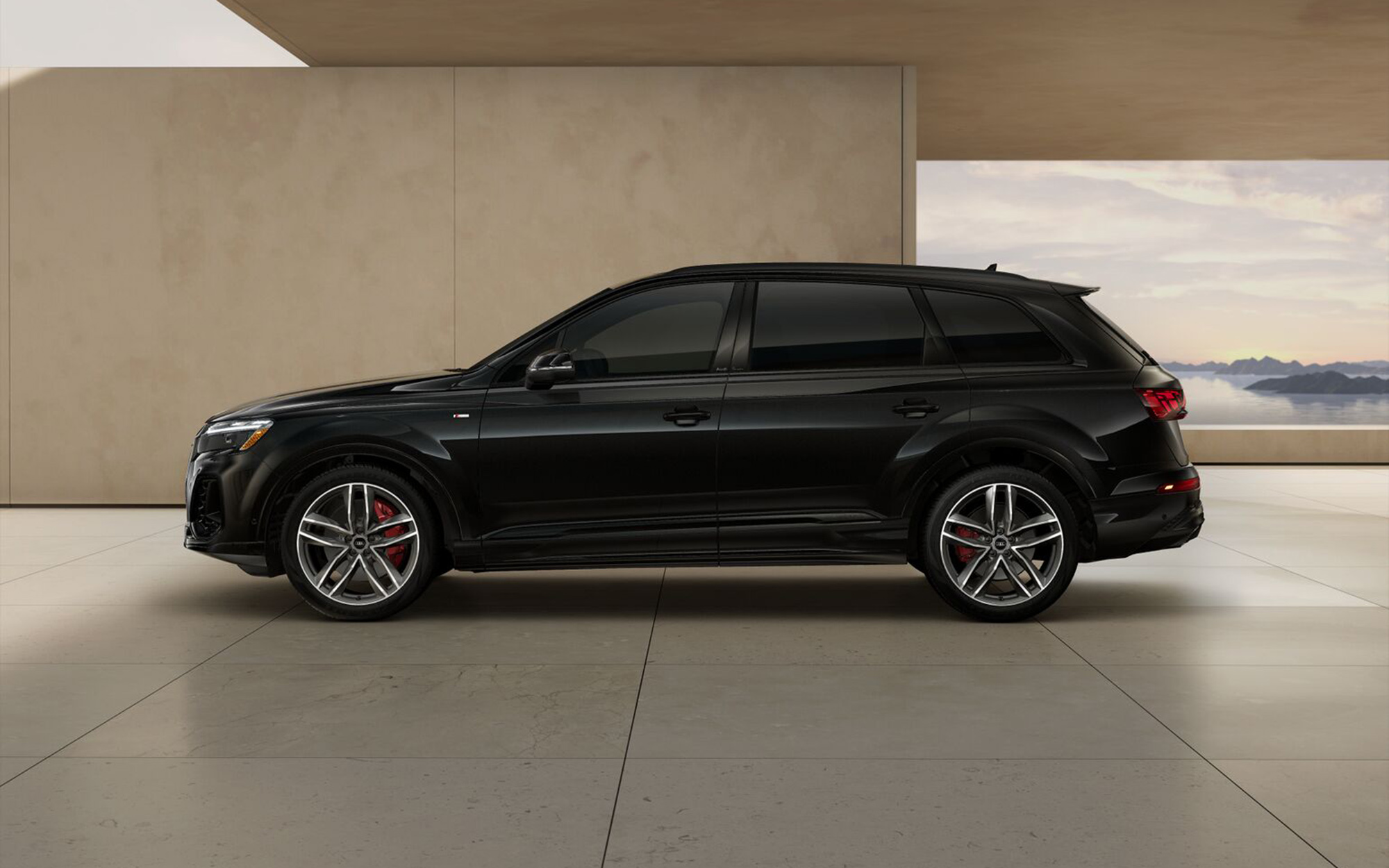
For the Q8, the new Sport plus package adds $7,600 to the sticker and layers on an impressive combination of performance and design upgrades. Highlights include sport adaptive air suspension, 23-inch 10-spoke trapezoid wheels with summer tires and distinctive S line exterior styling paired with black optic trim. Inside, the cabin adopts the SQ8’s sport seats plus with ventilation and massage, Crimson Red contrast stitching and seat belts, and an extended leather package with carbon twill matte inlays much like the SQ8 and RS Q8. Exterior finishes such as anthracite Audi rings, dark chrome exhaust tips, and red brake calipers complete the transformation. A separate Carbon Package ($2,000) extends the theme with carbon fiber mirror housings, taillight trim, and side sill inlays.
The Q8 Sport plus retains the 3.0T’s output of 335 horsepower and 369 lb-ft of torque, good for a 0–60 mph sprint in 5.5 seconds—quick enough to keep pace.
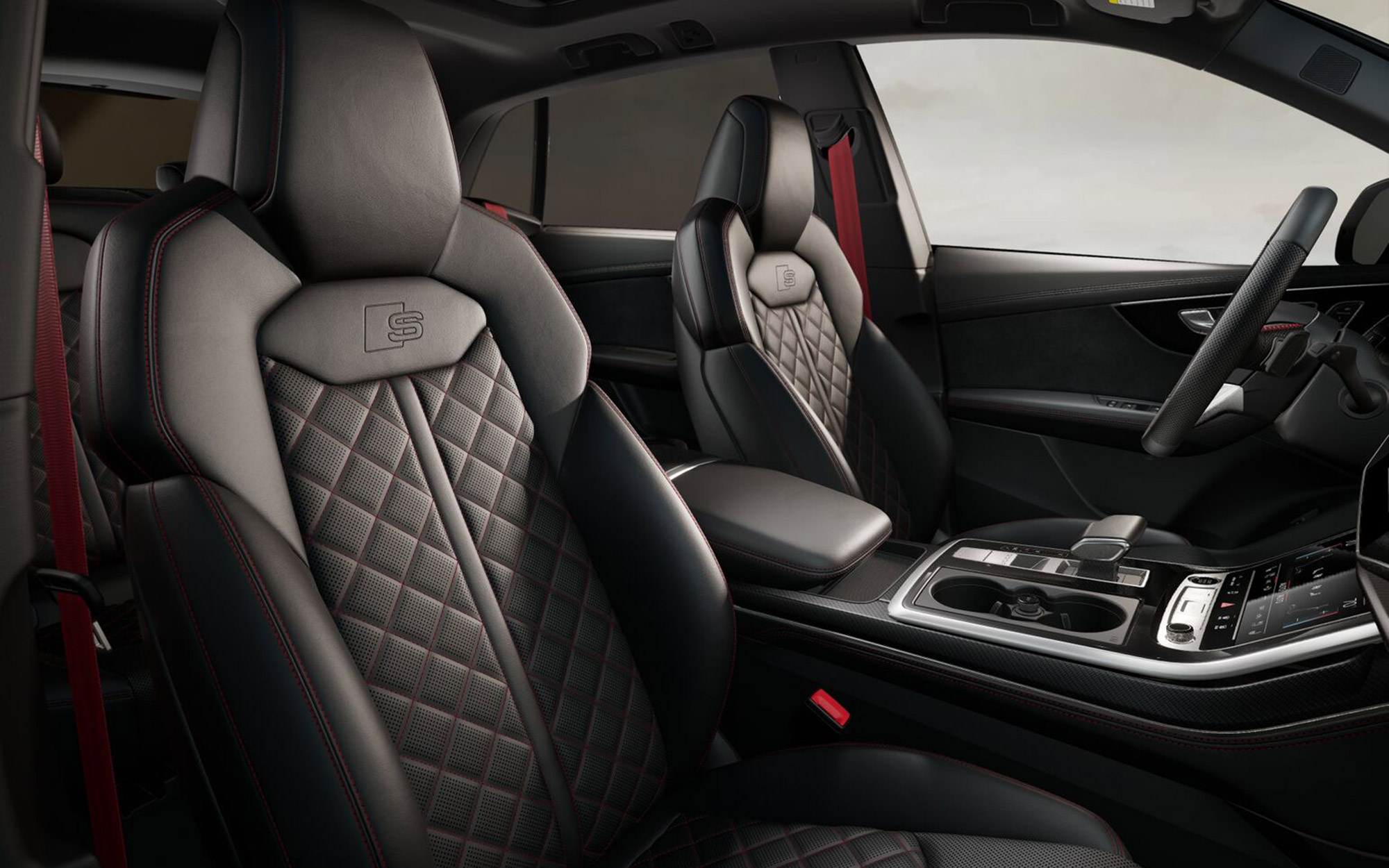
Meanwhile, the Q7 Prestige Sport plus package delivers a similar formula for the seven-passenger flagship. For $4,800 over the standard Prestige trim, buyers gain the S line exterior, sport adaptive air suspension, and the same ventilated and massaging sport seats found in the SQ7/SQ8. Additional features include black optic trim, carbon twill matte inlays, and 21-inch 5-double-spoke wheels in a bicolor finish – a design that dates back to the C7 RS 6 Avant. You can also opt for 22-inch 5-arm-edge design wheels in platinum finish ($1,500) that have done duty as SQ7 wheels over the years.
While the packages clearly borrow visual and mechanical cues from the SQ7 and SQ8, Audi’s decision to retain the 3.0T engine gives the new models a different kind of appeal. The single-turbo V6 is a bit more livable with its respectable performance, superior fuel economy and broad aftermarket potential. Once these vehicles cycle out of new inventory, their combination of S-level suspension and chassis tuning with a highly tunable powertrain is likely to make them especially desirable among enthusiasts.
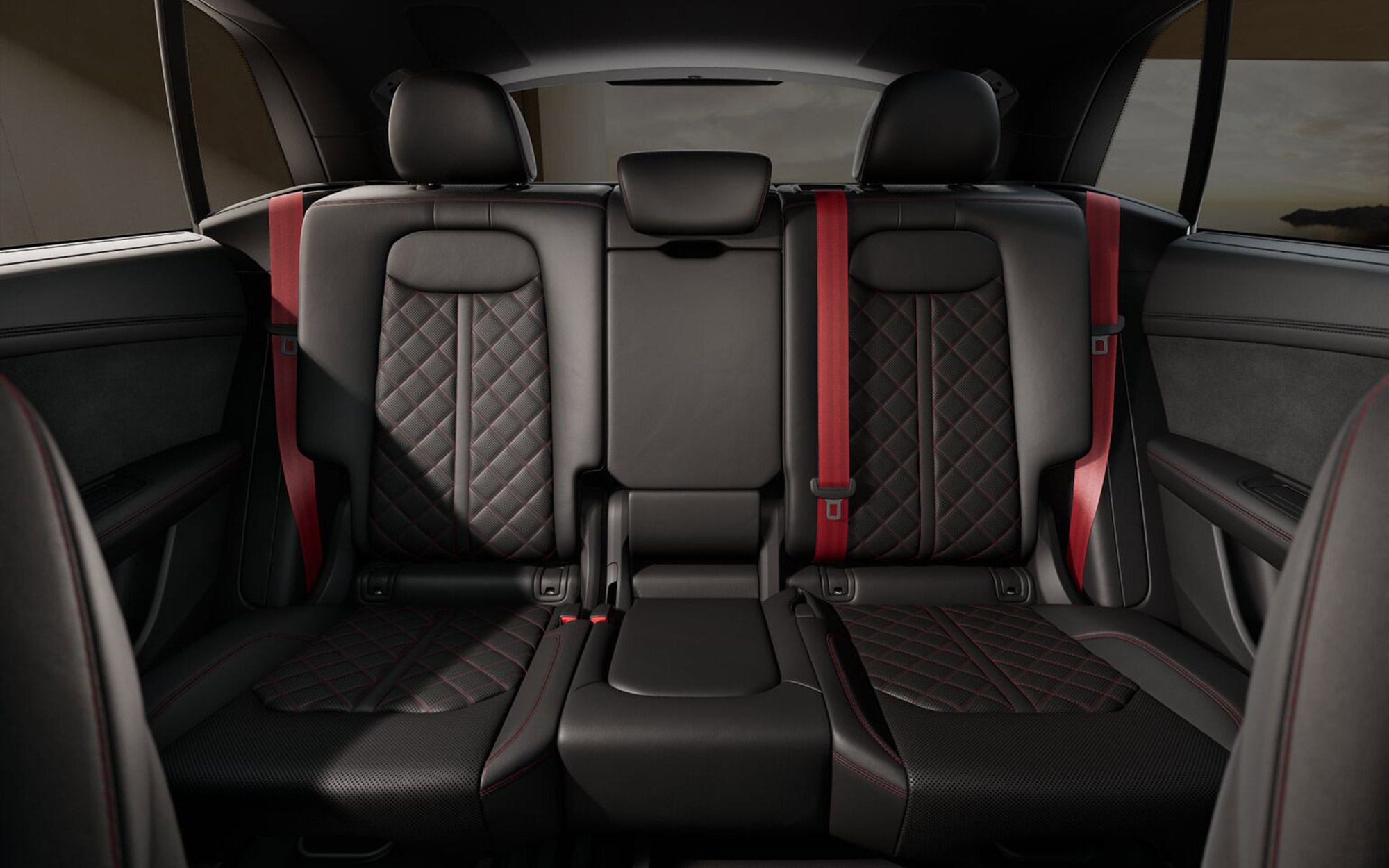
For buyers who’ve long admired the SQ7 and SQ8 but don’t need the full performance (or price tag) of the twin-turbo V8s, the new Sport plus packages bring the best of both worlds—S-car substance, everyday practicality, and a compelling balance of value and performance.
For further reference, I’m going to link the Q8 configuration tool, the Q7 configuration tool, plus two cars I found at dealerships with high-resolution photography – a Q8 at Audi North Houston and a Q7 at Audi Ontario. These cars have somehow slipped out into inventory without any highlighted launch information via news channels, which makes them a well kept secret and also very much available around the country as we speak.
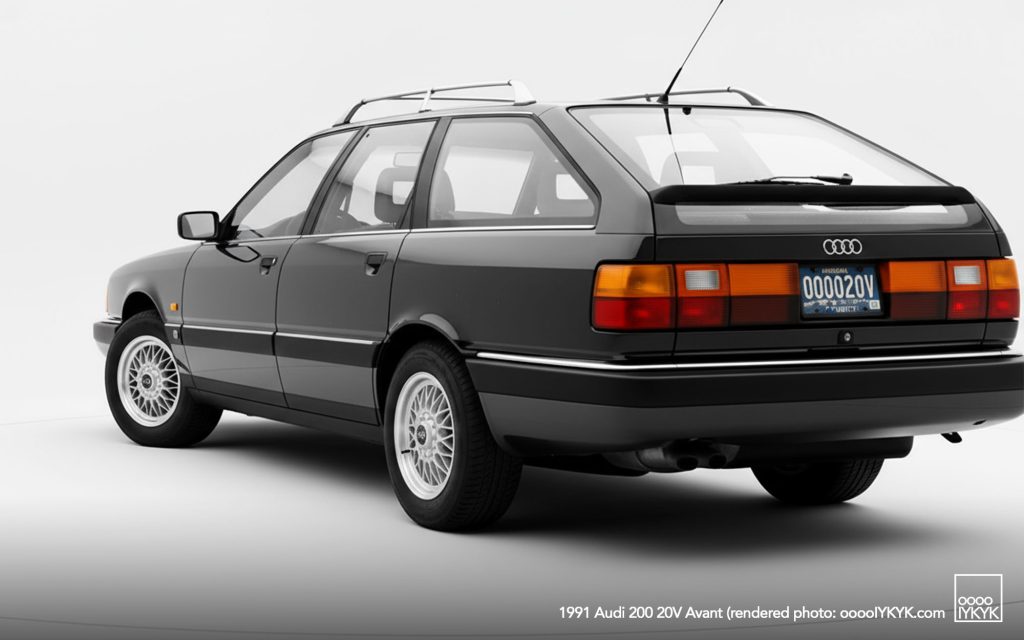
SIDENOTE WHAT IS “DEBADGED”
It may seem counterintuitive in today’s era of frustration over Audi’s removal of its “S” and “RS” badges on new models, but the tradition of “debadging” cars actually dates back to an earlier period in the German automotive world. At a time when large-displacement engines were heavily taxed, European buyers often configured cars with smaller or more economical engines while giving them a sporty, high-performance appearance—making them look like S or RS models. Today’s North American S line “Performance Plus” packages echo that era, removing the “lesser” Q7 or Q8 badge from the tailgate in favor of a cleaner, more understated look.
Why debadge? Unlike adding a high-performance badge to a lesser car—which waters down the meaning of that badge or comes off as poseur behavior—debadging achieves its effect through subtraction. It’s a subtler statement, one that avoids boasting and instead uses ambiguity to create an if-you-know-you-know sort of appeal.
Few cars embraced debadging as confidently as the 1991 Audi 200 20V (a.k.a. C3, or Type 44). In America, Audi offered its most potent 20-valve turbocharged five-cylinder in the C3-generation 200 for just one year. The model served as both a fitting end to the C3 era and a prelude to the arrival of the first S- and RS-badged cars.
Those in the know could spot it instantly by its two-piece BBS wheels and subtly flared fenders. Yet anyone looking for confirmation from the rear badges would be out of luck—because there weren’t any. Only the Audi four-ring logo remained.
Today’s Q8 S line Sport Plus and Q7 Sport Plus packages nod to that same understated tradition.
PHOTO GALLERY Q8 S LINE SPORT PLUS
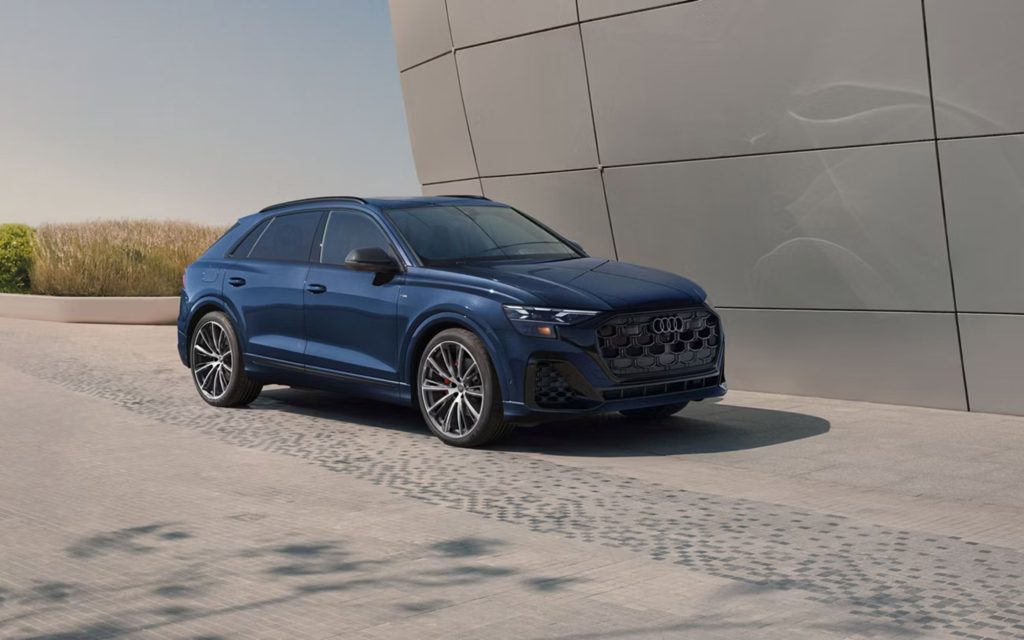

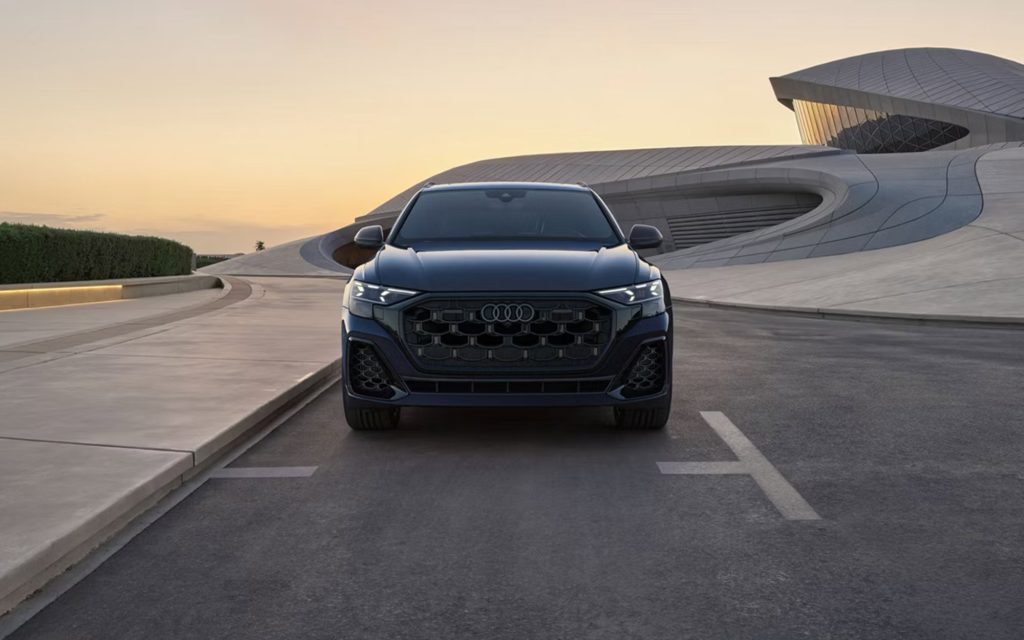
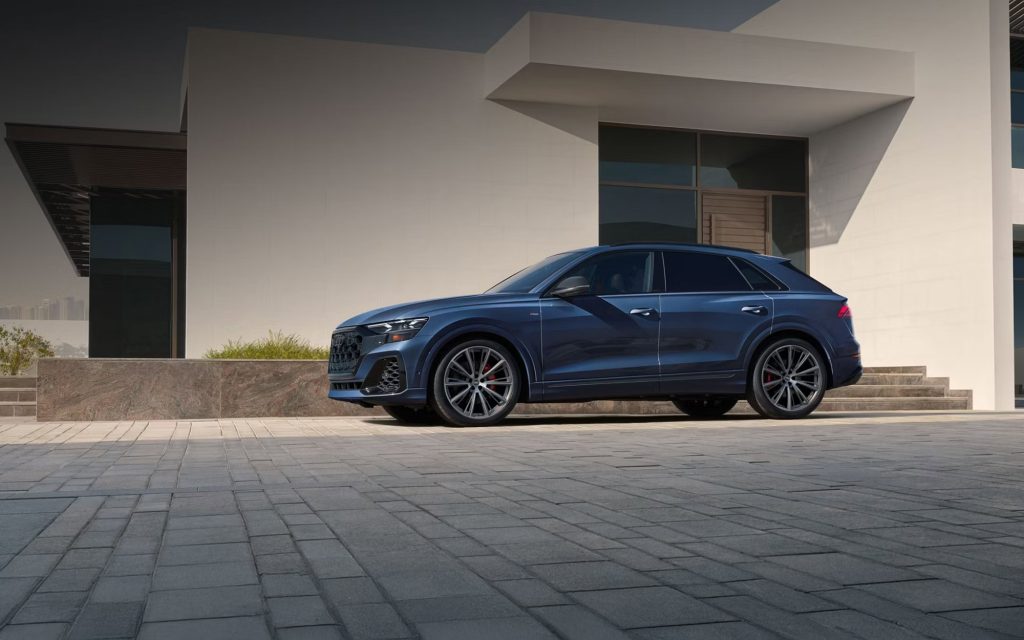
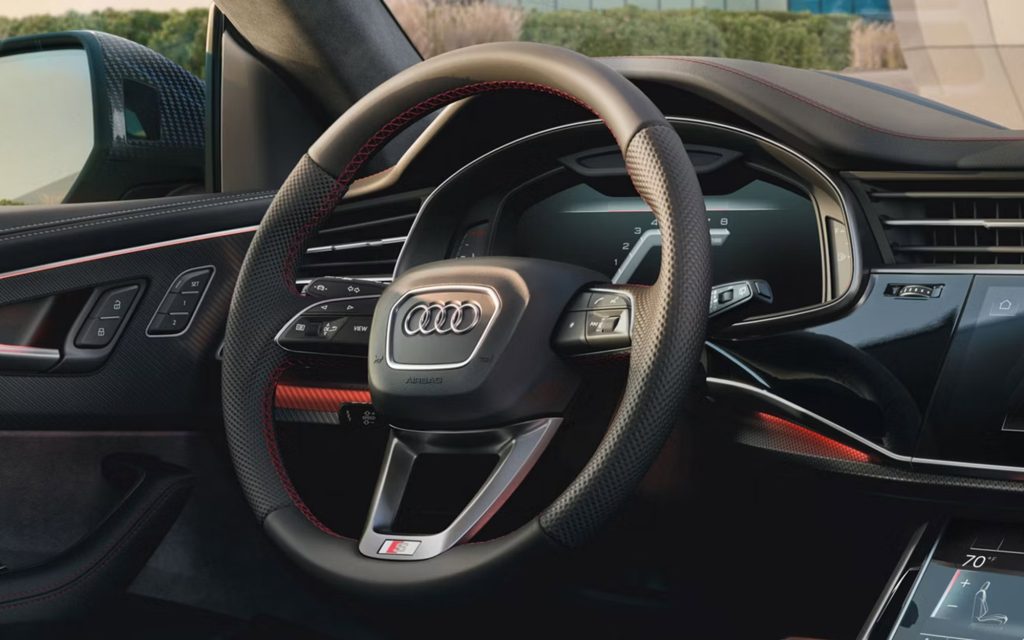


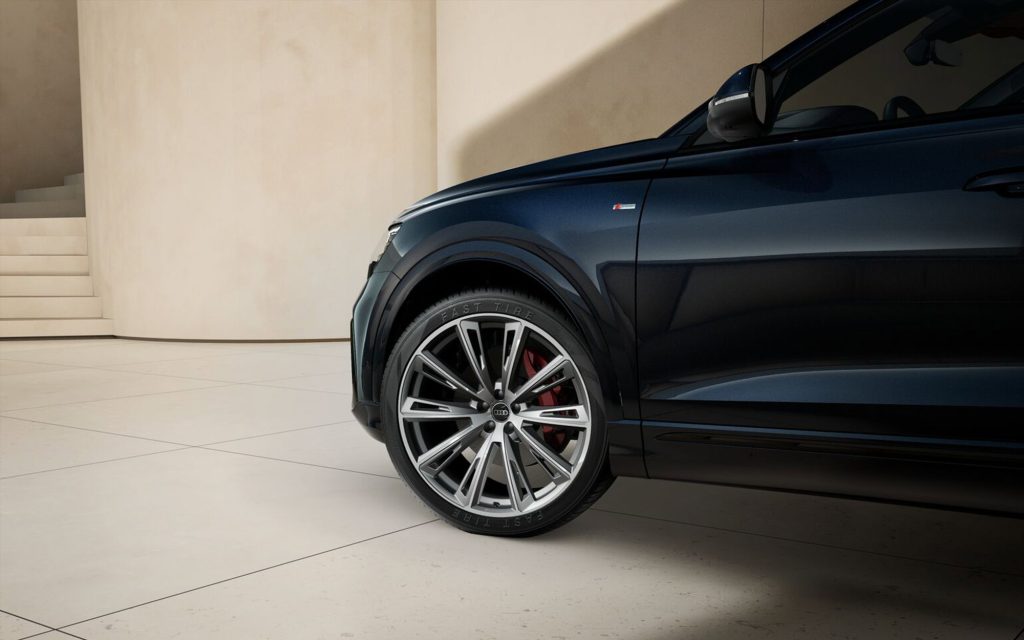
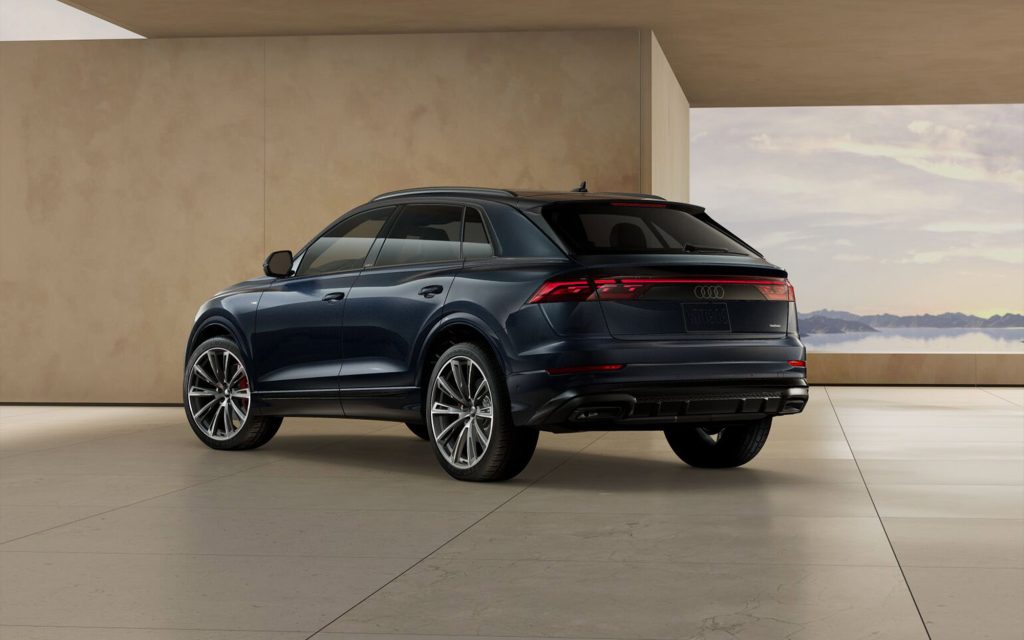
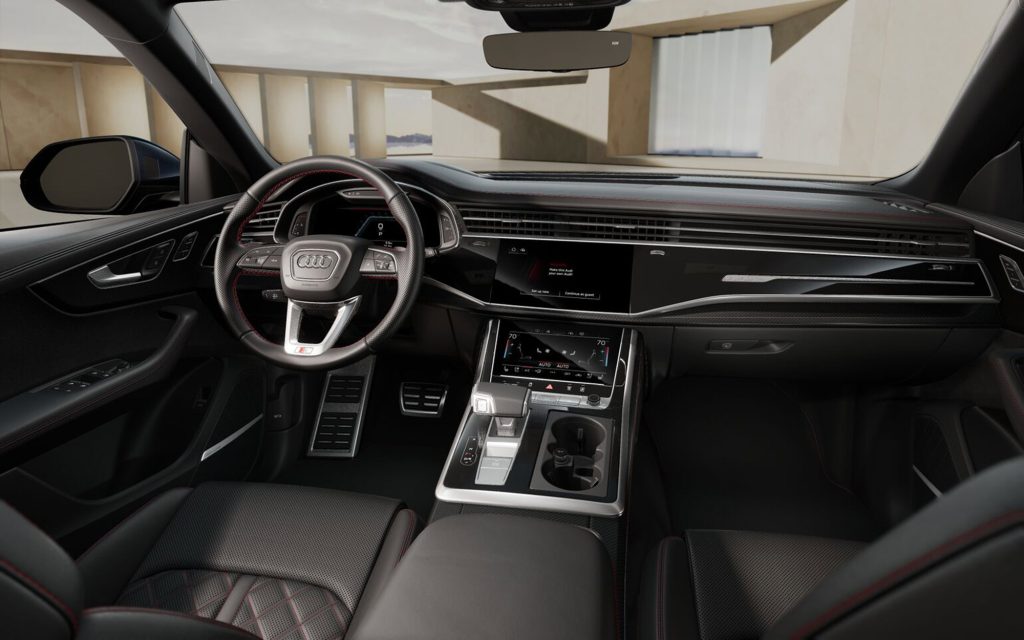
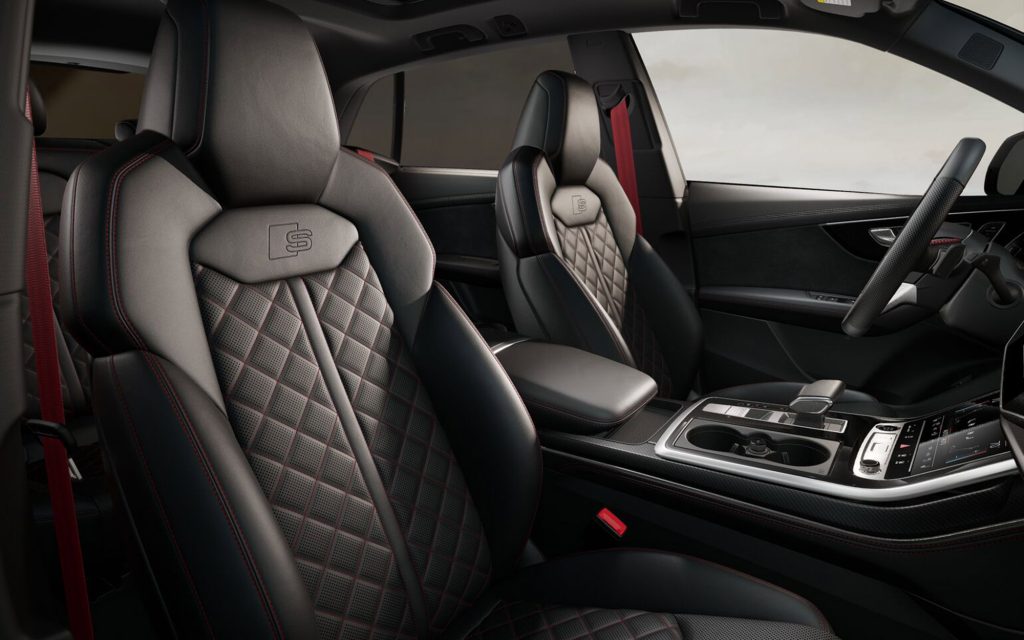
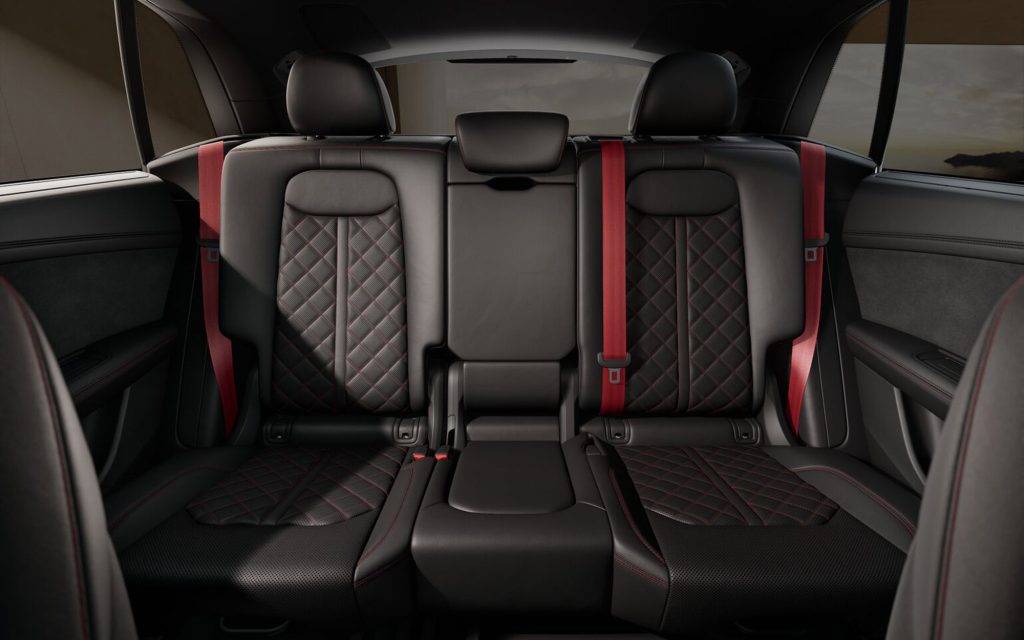
PHOTO GALLERY Q7 S LINE SPORT PLUS
